
Much of the public attention since the Aug. 15 temblor has focused on the devastated city of Pisco, where most of the more than 500 fatalities occurred. But, as inspectors have edged out into the countryside, it has become clear that the damage there is overwhelming, even though the number of casualties is lower. Reaching many hard-hit rural areas on buckled, debris-laden roads can be a challenge. Hardscrabble outposts such as Las Palmas and the nearby settlements of Santa Barbara and Santa Cruz -- all part of this sprawling township of Canete, home to almost 200,000 people -- are like Pisco in miniature, featuring row after row of collapsed mud-brick dwellings. Scores of villages and towns not found on many maps have suffered similar fates. "From the beginning, there was a lot of attention on Pisco, but as humanitarian teams have gotten out there we have begun to see the broad scope of the damage throughout the region," said Allen Clinton of CARE, a U.S.-based group among the dozens of aid organizations pitching in.
According to the latest government figures, the quake destroyed or damaged 40,000 homes; most will have to be rebuilt. That estimate has been rising daily as assessment teams find new pockets of devastation. At least 100,000 people have been left homeless. More than 1,000 schools also suffered serious damage, the government said, leaving tens of thousands of students without classes in the midst of the South American winter and academic year. Roads, water lines, electricity and phone service have been knocked out. Bulldozers and dump trucks have just begun removing the tons of rubble and demolishing tottering structures.
 The recovery will take months, if not years, experts say. Although Pisco has been inundated with aid, relatively little government assistance has made it to the countryside, residents and local officials say. Private humanitarian groups, both domestic and foreign, have been filling in, delivering tents, food and other necessities, and dispatching medical teams and supplies. "Many outlying areas have been particularly hard hit," noted Aaron Skrocki, South American emergency coordinator for Catholic Relief Services. "These tend to be the most marginalized populations anyway. People usually don't have a lot more than the shirts on their backs."
The recovery will take months, if not years, experts say. Although Pisco has been inundated with aid, relatively little government assistance has made it to the countryside, residents and local officials say. Private humanitarian groups, both domestic and foreign, have been filling in, delivering tents, food and other necessities, and dispatching medical teams and supplies. "Many outlying areas have been particularly hard hit," noted Aaron Skrocki, South American emergency coordinator for Catholic Relief Services. "These tend to be the most marginalized populations anyway. People usually don't have a lot more than the shirts on their backs."The government's aid plan has been harshly assailed in Peru as chaotic and overly centralized. President Alan Garcia initially underplayed the damage; then, when the extent of the calamity became clear, he hastened to the ruins of Pisco in a frenetic flourish that drew criticism as more style than substance. Still, aid experts credit the government for setting up an effective airlift and successfully evacuating most of the seriously injured. Food and water have been arriving, if haphazardly, and no epidemic has materialized. As massive amounts of assistance have poured in from the United States, the European Union and elsewhere, humanitarian groups have been keen to avoid duplicating efforts. That task involves identifying gaps in aid coverage, usually in overlooked rural enclaves such as Las Palmas. "We want to coordinate aid without stepping on each other's toes," said Milo Stanojevich, CARE director in Peru. "When the aid comes, everyone wants it. It's a syndrome now." Indeed, the arrival of humanitarian convoys draws a reflex reaction: People immediately line up for whatever is available. "We need food, we need blankets, we need proper tents," said Susana Vizcardo, a mother of two near the front of a food queue. She and others in Santa Barbara, home to 147 families, have put up home-made plastic shelters on the town soccer pitch, a common practice here. Aid groups in Peru are scrambling to find proper tents, which are in extremely short supply.
In nearby Las Palmas, where the farmers grow corn, artichokes, yucca, potatoes and other crops, CARE was delivering a batch of coveted family tents, each with room for six people. The homeless quickly began tearing down their rough shelters and assembling the comparatively spacious tents. The aid group also delivered 50 blankets and almost 500 tins of tuna and bottled water. Community leaders are given the responsibility of ensuring equitable distribution. The gathered residents cheered as the aid workers prepared to leave. "We can use all the help we can get," Ramirez said. "Our homes are gone, but at least we still have our families."
By patrick.mcdonnell@ latimes.com
Disclaimer
No responsibility or liability shall attach itself to either myself or to the blogspot ‘Mozlink’ for any or all of the articles/images placed here. The placing of an article does not necessarily imply that I agree or accept the contents of the article as being necessarily factual in theology, dogma or otherwise.
Mozlink



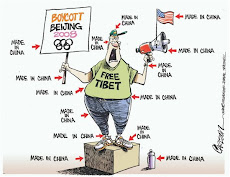













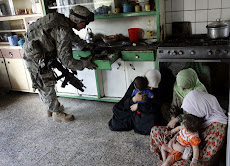






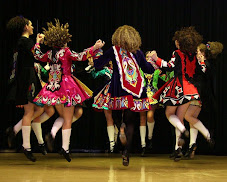
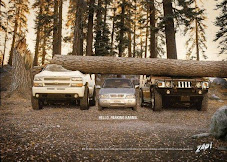


























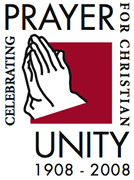
No comments:
Post a Comment